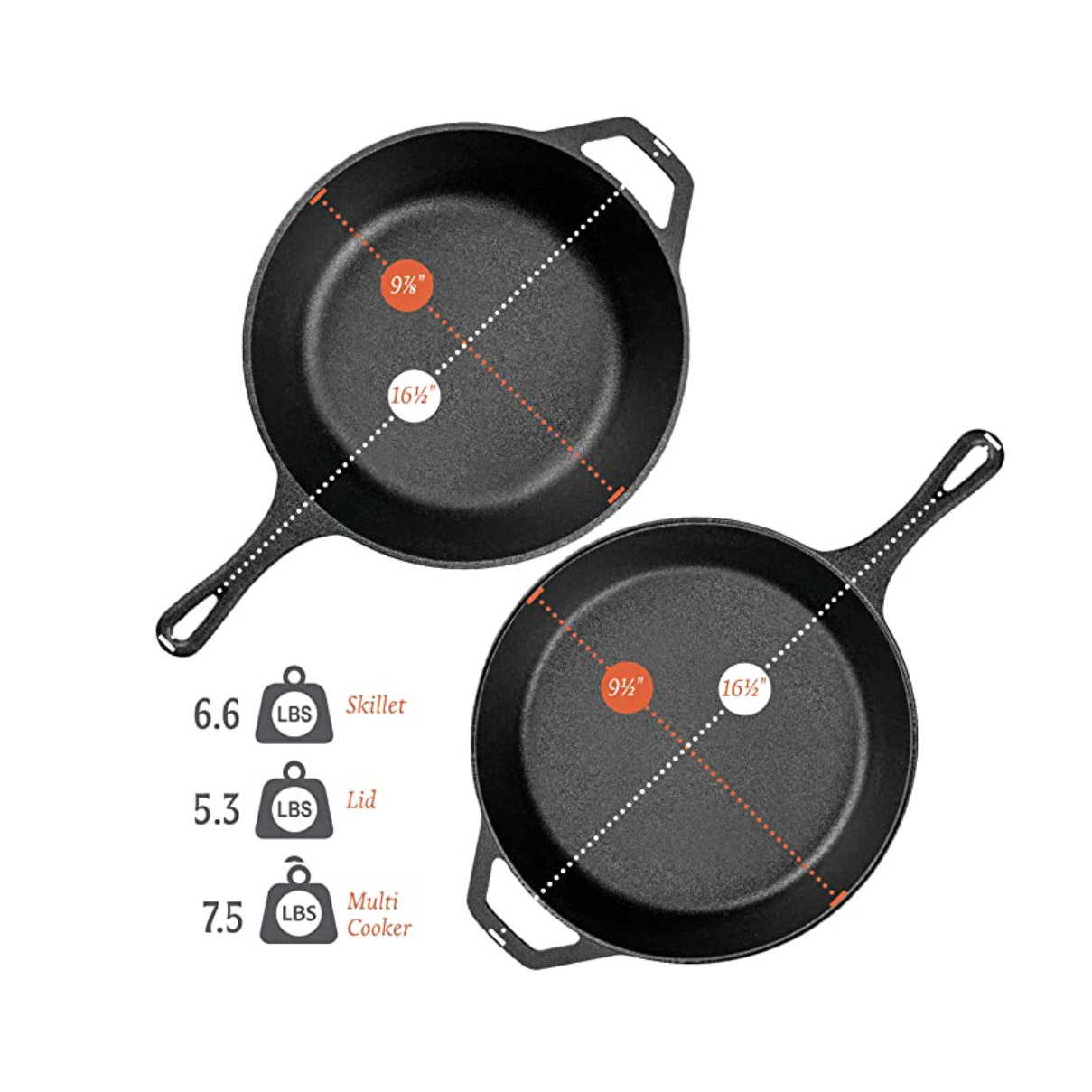- 150m Southwards, West DingWei Road, Nanlou Village, Changan Town, GaoCheng Area, Shijiazhuang, HeBei, China
- monica@foundryasia.com
ធ្នូ . 31, 2024 09:16 Back to list
cast iron casserole set manufacturer
The Art of Cast Iron Casserole Set Manufacturing
In recent years, cast iron cookware has witnessed a renaissance, becoming a staple in modern kitchens around the world. Among various cast iron products, the cast iron casserole set stands out due to its durability, heat retention, and versatility. This article explores the intricacies of cast iron casserole set manufacturing, highlighting the process, benefits, and the importance of choosing a reputable manufacturer.
Understanding Cast Iron Casserole Sets
Cast iron casserole sets typically include a variety of pots and lids designed for slow-cooking techniques, such as braising, roasting, and simmering. The unique properties of cast iron allow for even heat distribution, making it an ideal material for these cooking methods. Additionally, cast iron cookware can withstand high temperatures and is compatible with all types of cooking surfaces, including induction, which adds to its appeal among both home cooks and professional chefs.
The Manufacturing Process
The manufacturing of cast iron casserole sets involves several crucial steps
1. Melting and Casting The process begins with high-quality pig iron, which is melted in a furnace. This molten iron is then poured into sand molds designed to shape the cookware. The sand mold allows for intricate designs while ensuring enough strength to withstand the pouring process.
2. Cooling and Removing from Molds After casting, the pots are left to cool, solidifying into their final form. Once cooled, the molds are broken open, and the cast iron pieces are removed. This stage can involve some rough edges, which leads to the next critical process.
3. Surface Finishing The cast iron pieces undergo grinding and polishing to create a smooth surface. This process not only enhances the aesthetic appeal of the cookware but also prepares it for seasoning. A well-finished surface helps reduce the sticking of food during cooking, making for an improved culinary experience.
cast iron casserole set manufacturer

4. Seasoning Before reaching consumers, the casserole sets are seasoned, typically by applying a layer of vegetable oil and baking them at high temperatures. This step is essential as it creates a non-stick layer on the cookware, enhancing its functionality and prolonging its lifespan. Seasoning also imparts a distinctive flavor to the food cooked in cast iron.
5. Quality Control Rigorous quality control measures are implemented at various stages of the manufacturing process. Each piece is inspected for durability, finish, and functionality. The goal is to ensure that the final product meets high standards that guarantee performance and safety for the user.
Benefits of Cast Iron Cookware
Investing in a cast iron casserole set offers multiple benefits. Firstly, cast iron retains heat exceptionally well, making it ideal for slow-cooked dishes that require consistent temperatures. Secondly, it is immensely durable and can last a lifetime if properly cared for. Thirdly, cooking with cast iron can add trace amounts of iron to your food, which can be beneficial for individuals with iron deficiencies.
Choosing the Right Manufacturer
When looking for a cast iron casserole set, it is crucial to select a reputable manufacturer. Established manufacturers often have a rich history of craftsmanship and a commitment to quality. They use high-grade materials and adhere to strict manufacturing practices, ensuring that their products are not only beautiful but also safe to use. Customer reviews and ratings can also provide insights into the reliability and performance of a manufacturer’s products.
Conclusion
The manufacturing of cast iron casserole sets embodies a blend of tradition and innovation. With their unmatched durability and versatility, cast iron casseroles are becoming essential kitchen companions for those who appreciate great cooking. By understanding the manufacturing process and choosing a reputable manufacturer, consumers can confidently invest in cookware that will serve them well for generations to come. Whether for everyday use or special occasions, a cast iron casserole set is more than just a cooking tool—it's a culinary investment that enhances the joy of cooking.
-
Premium Black Cast Iron Casserole Dishes Even Heat & Durability
NewsMay.19,2025
-
Premium 9-Quart Enameled Cast Iron Dutch Oven Durable & Even Heating
NewsMay.19,2025
-
Premium Small Cast Iron Grill Pans Durable Outdoor & Indoor Cooking
NewsMay.19,2025
-
3.5 Quart Cast Iron Dutch Oven Durable & Versatile Cookware
NewsMay.18,2025
-
1.5 Qt Cast Iron Saucepan - Durable, Even Heating & Versatile Cookware
NewsMay.18,2025
-
Cuisinel Cast Iron Grill Pan - Durable, Non-Stick & Even Heating
NewsMay.18,2025